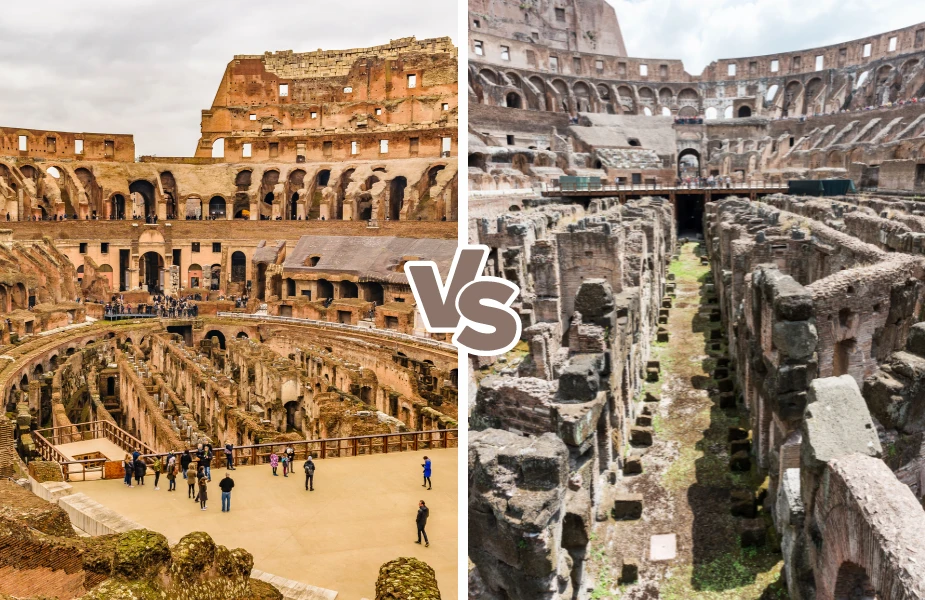Unveiling the grandeur of the Colosseum! Should you visit the Arena Floor or go underground? This guide looks at both alternatives. The Arena Floor, where gladiators wrestled, provides a panoramic vista and a historical viewpoint. The Underground, a subterranean maze, reveals the engineering wonders that power the displays. In the end, your needs determine the best option. Visit both for a more complete experience!
Our Recommendation
We highly recommend visiting both! By combining the two experiences, you’ll understand the Colosseum thoroughly, from its colossal presence in the Roman landscape to the sophisticated machinery that enables its enormous displays. However, you can visit either of the two attractions based on your interests and preferences. To properly understand the Colosseum’s history and architectural significance, we recommend visiting the Arena Floor, where you can take in the massive scale and ancient mood.
This experience thoroughly explains the amphitheater’s importance in ancient Roman society and the scope of its architectural achievement. Touring the Underground (Hypogeum) provides a deeper look at the operational logistics and engineering prowess underpinning the Colosseum’s shows. It broadens your grasp of how the arena worked and improves your appreciation of its historical significance.
A Quick Review
The Arena Floor and Underground are both unique and exclusive experiences you can add to a regular Colosseum visit. While the Arena Floor was where the major social and political events were held, the Underground was used as a base for storage of equipment required for the events. The Arena provides a gorgeous 360° view of the Colosseum with its multiple tiers and the Underground is a mysterious network of tunnels and rooms.
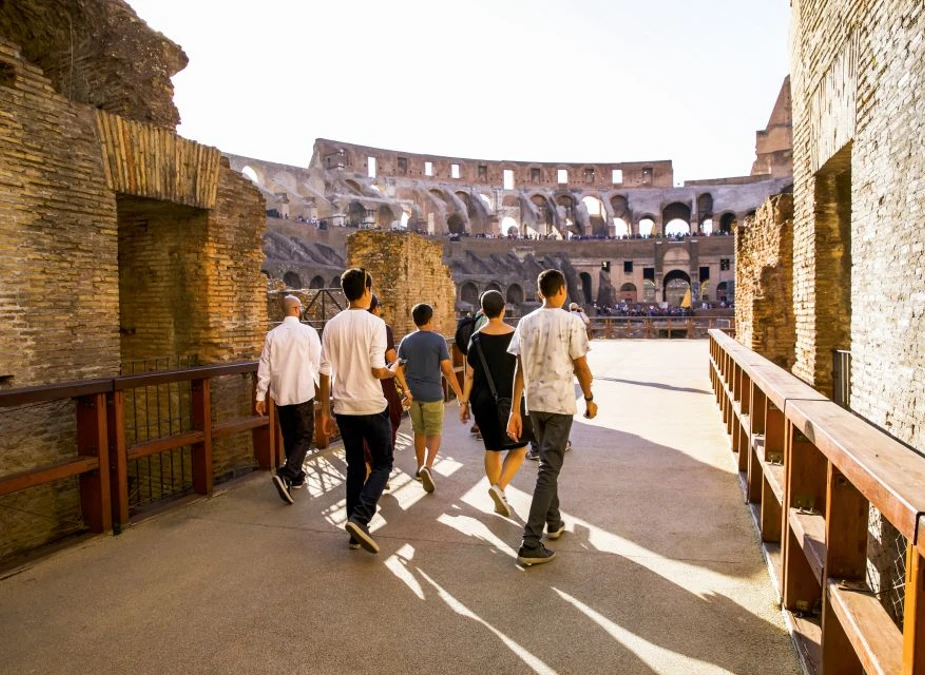
Colosseum Arena Floor
Location: Inside Colosseum
Area: 48 meters wide (272 ft x 157 ft)
Duration: 1.5 to 2 Hours
Timings: 8.30 am to 7.15 pm
Last Entry: One hour before closing
View: 360° of the Colosseum from a higher tier and all seating tiers from the center
Ticket Price: €30
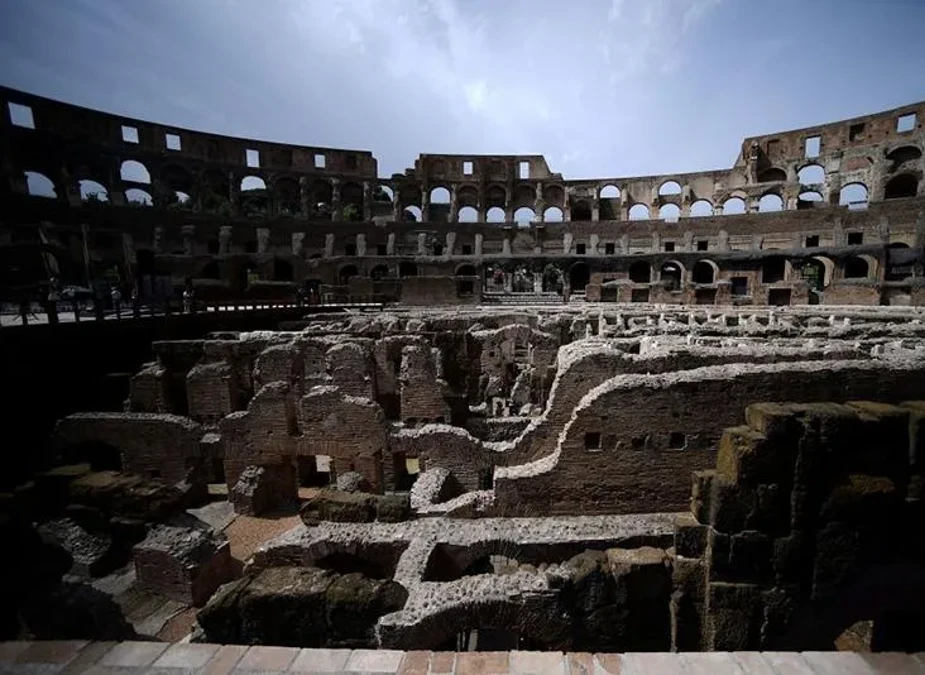
Colosseum Underground
Location: Beneath the entire center stage of the Colosseum
Area: 6,000 square meters (64,583 square feet)
Duration: 1 to 1.5 hours
Timings: 8.30 am to 7.15 pm
Last Entry: One hour before closing
Views: Views into the inner workings of the arena
Ticket Price: €119
Ticket Prices
Colosseum Arena Floor Ticket costs €139 for adults aged 18 years and above. It costs €110 for children aged six to 17 and €4 for infants under six. Colosseum Underground Ticket costs €149 for adults aged 17 years and above. Whereas, the ticket costs €129 for children aged two to 16 years and €40 for infants aged one year and below.
Where Do You Get the Best Experience?
The Arena Floor and the Underground (Hypogeum) provide visitors with two unique viewpoints of the Colosseum, a famous representation of ancient Rome. Each location offers distinct perspectives and experiences that draw attention to different facets of this fantastic amphitheater.
Colosseum Arena Floor
360° Perspective: The whole Colosseum, including all seating tiers, is visible from the arena floor. You can appreciate the amphitheater’s vastness and architectural majesty from this critical vantage point.
Historical Note: Gladiatorial matches and other events were held on the arena floor. It will be like stepping back in time, taking in the spectators’ enthusiasm and the festivities’ intensity.
Photographic Opportunities: The Colosseum’s size and structural splendor can be captured in stunning photos thanks to the lofty viewpoint from the arena floor.
Colosseum Underground (Hypogeum)
Interior Workings: The Hypogeum provides insight into the backstage operations. Its complex system of corridors, rooms, and tunnels, used to store animals, gladiators, and staging equipment.
Engineering marvels: The subterranean space displays the sophisticated engineering methods of classical Rome, showcasing water management systems, elevators, and trap doors used in naumachiae or simulated naval combat.
Unusual Views: The Hypogeum offers unusual views and angles that aren’t visible from the seating levels or arena floor, including the systems that move animals and objects into the arena.
Which Has Better Architecture?
What constitutes better architecture is subjective. The Arena Floor reflects Roman architecture’s grandeur and public-facing aspect, while the Underground exposes the underlying intricacy and technical skill that underpins these enormous spectacles. Together, they present a comprehensive understanding of ancient Rome’s architectural and technical expertise.
Arena Floor Architecture
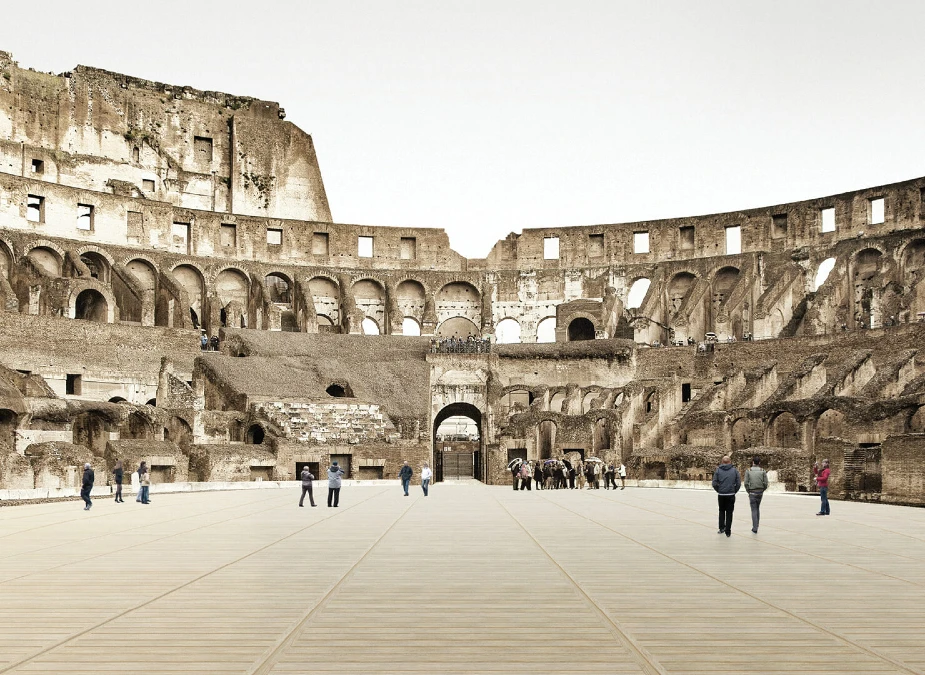
Grand Design: The Arena floor is its central component, and its open area is around 83 by 48 meters. It was intended to stage gladiatorial fights, animal hunts, and public displays.
Elliptical Shape: The Colosseum’s elliptical layout guarantees that spectators will have a good view of the action from every seat, showing the Romans’ knowledge of sightlines and geometry.
Sitting Tiers: The surrounding sitting tiers, which reach up to four floors, are evidence of the Romans’ adept handling and accommodation of huge audiences.
Underground (Hypogeum) Architecture
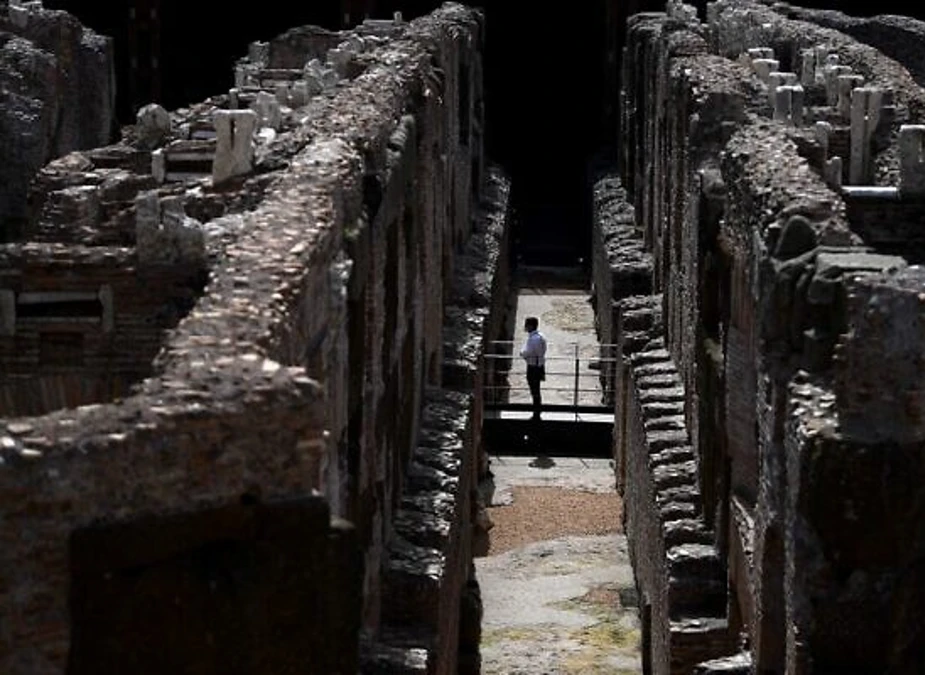
Complex Network: Constructed to sustain the lavish shows conducted in the arena. The Hypogeum is a maze of tunnels, rooms, and corridors.
Two-Level Design: The underground space was constructed on two levels, each with a distinct function, such as housing animal cages, stage prop storage, or gladiator cells.
Building Materials: The Hypogeum was built using stone and wood. It also featured complex mechanical systems, including winches, pulleys, and counterweights.
Crowds
The Colosseum Underground tour is ideal for those who want a less crowded experience and are prepared to arrange ahead of time. However, if modest crowds don’t bother you and Underground excursions aren’t accessible, the Arena Floor is an excellent choice.
Whatever option you select, remember that the Colosseum is a world-famous monument. Expect crowds, especially during high travel seasons. Consider arriving early in the mornings or nights, or choose weekdays over weekends, to meet fewer tourists.
Final Verdict
Finally, your interests will determine whether you choose the Arena Floor or the Underground. If you want panoramic views and an authentic historical experience, the Arena Floor offers unrivaled views of the Colosseum’s architecture and the atmosphere of ancient events. On the other side, the Underground provides an intriguing view into the amphitheater’s mechanical components and backstage operations, providing insights into Roman engineering and the logistics of presenting large events.
For a full tour, seeing both sides gives a well-rounded understanding of the Colosseum’s cultural and historical significance.
Contents
FAQs
1. What are the Arena Floor and the Underground in the Colosseum?
The Colosseum’s Arena Floor was the major platform for ancient gladiatorial combats and shows. In contrast, the Underground (Hypogeum) is a network of tunnels and chambers beneath the Arena Floor that were once utilized for staging reasons.
2. Is there a recommended time of day to visit the Arena Floor and Underground to avoid crowds?
While crowd avoidance is difficult, for smaller crowds, head for the Colosseum Arena Floor and Underground during general opening (8.30 am) or around closing (one hour before). Consider weekdays rather than weekends, especially during busy tourist seasons.
3. Which area offers a better understanding of Roman entertainment and culture? Arena Floor or Underground?
For Roman entertainment, the Arena Floor comes out on top. Standing where gladiators battled allows you to imagine the audience’s noise and the events’ intensity. The Underground, while intriguing, focuses on behind-the-scenes mechanics rather than the audience experience.
4. Is there a recommended order to visit the Arena Floor and Underground?
To better understand the Colosseum, we recommend starting with the Arena Floor. It establishes the context. Then, visit the Underground to learn how these events worked on the arena floor.
5. Are there any similarities between the Arena Floor and Underground tours?
Both allow you to explore the Colosseum beyond ordinary entry and give insight into the venue’s history. Although the Underground is more limited, you’ll also experience the same operating hours and endure comparable crowds.
